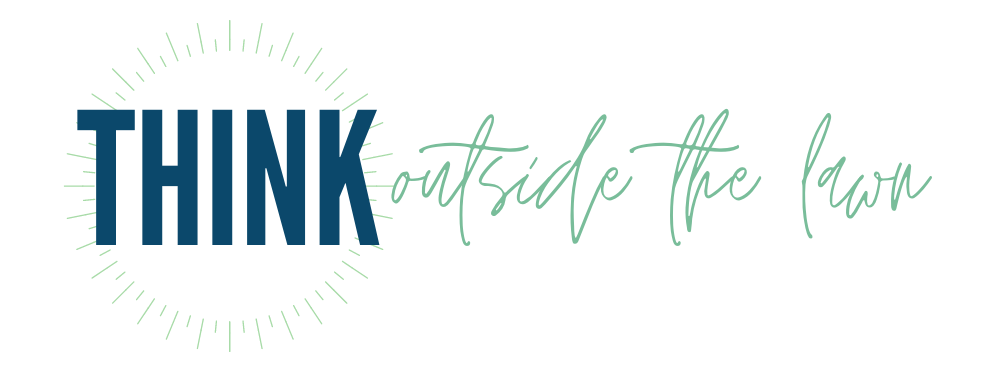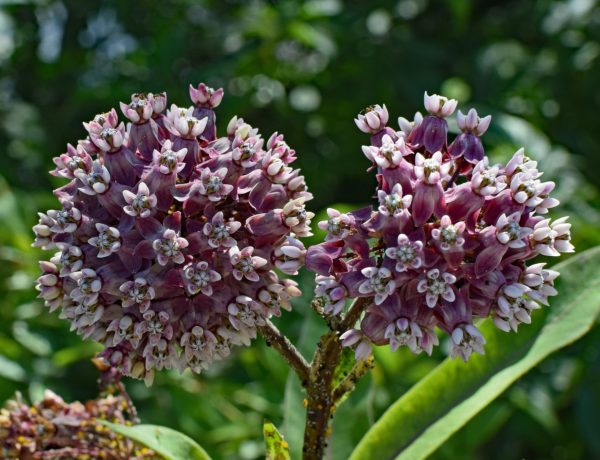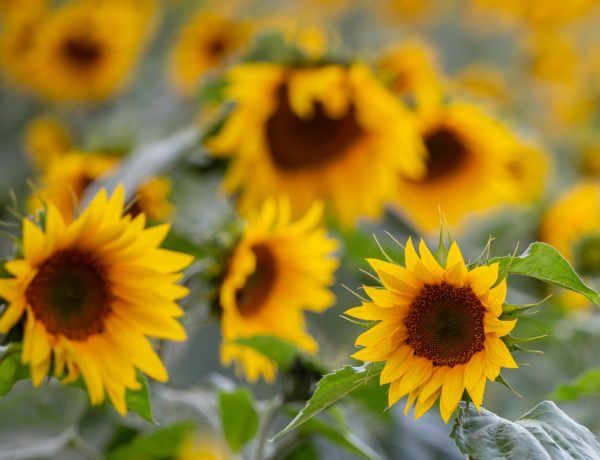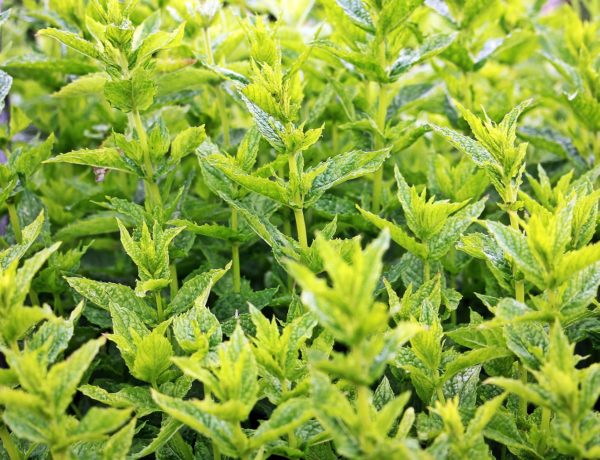Many people know that Queen Anne’s Lace is a weed, but fewer people know its secret identity. Queen Anne’s Lace, Daucus carota, is actually wild carrot. The carrot we all know and accept into our gardens is a cultivated strain of the same plant (sativa). In fact, if you don’t harvest your garden carrots the first year, they bloom the next year and look exactly the same as Queen Anne’s Lace, with its beautiful umbel flowers. Then they will reseed and cross pollinate with wild carrot plants, and what you have in your garden will eventually be wild carrots. This plant has tons of uses, so let’s get into it.
Carrots are food!
Wild carrots are edible, just like cultivated carrots. The root is white rather than the colors we usually see in the market, and like most wild-to-cultivated comparisons, the wild carrot is less sweet. You can use wild carrots in any way that you would use carrots. You can eat them raw, but since they are less sweet, you might try them cooked first.
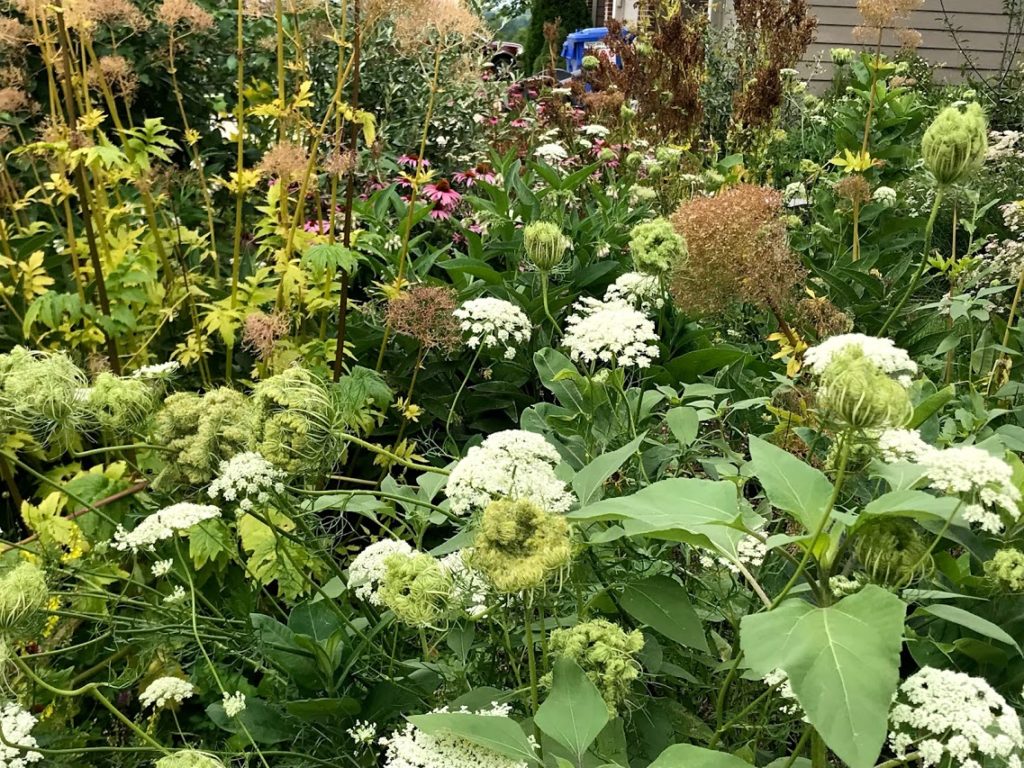
To eat wild carrots, harvest them in the first year. In the second year, the roots become woody as they send up flower stalks. And then that’s it — they are biennial and only live for two years (but very easily reseed).
But if you didn’t notice them in the first year or just didn’t get around to harvesting them, you can still use them in the second year — even after they’ve flowered. Just pull it up and use it to make vegetable broth. Add other vegetables and “weeds” from the garden (like wild parsnip and sunchokes). Then add vegetable scraps (just keep them in a container in the freezer to accumulate until you have enough). While you’re at it, you can throw the carrot tops in there too. If you’ve been buying all your vegetable broth, you’ll wonder why you haven’t done this forever — it’s free! Check out this recipe for all the details.
Attracts beneficial wasps
Wild carrots are also beneficial insect attractors. Wasps particularly love the flowers of this plant (and all umbelliferous flowers). Why would you want to attract wasps to the garden? Because they are extremely beneficial! Most wasps are parasitic and lay their eggs on other insects (e.g. caterpillars and Japanese beetle) that might be “pests” in the garden. When the larvae hatch, they burrow into the insect and eat them from the inside out.
They are also pollinators and help pollinate our flowers. Plus, they are the prey of animals like dragonflies, birds, and bats – animals that also eat mosquitos. We happily attract wasps to our garden, and none of us has ever been stung. Sometimes they accidentally fly into our house and we have successfully, many times, taken them outside, still alive, and not been stung. I am absolutely sure insects can feel our vibrations and know if we feel fear or have ill intentions. Obviously take or leave that bit of hippy trivia.
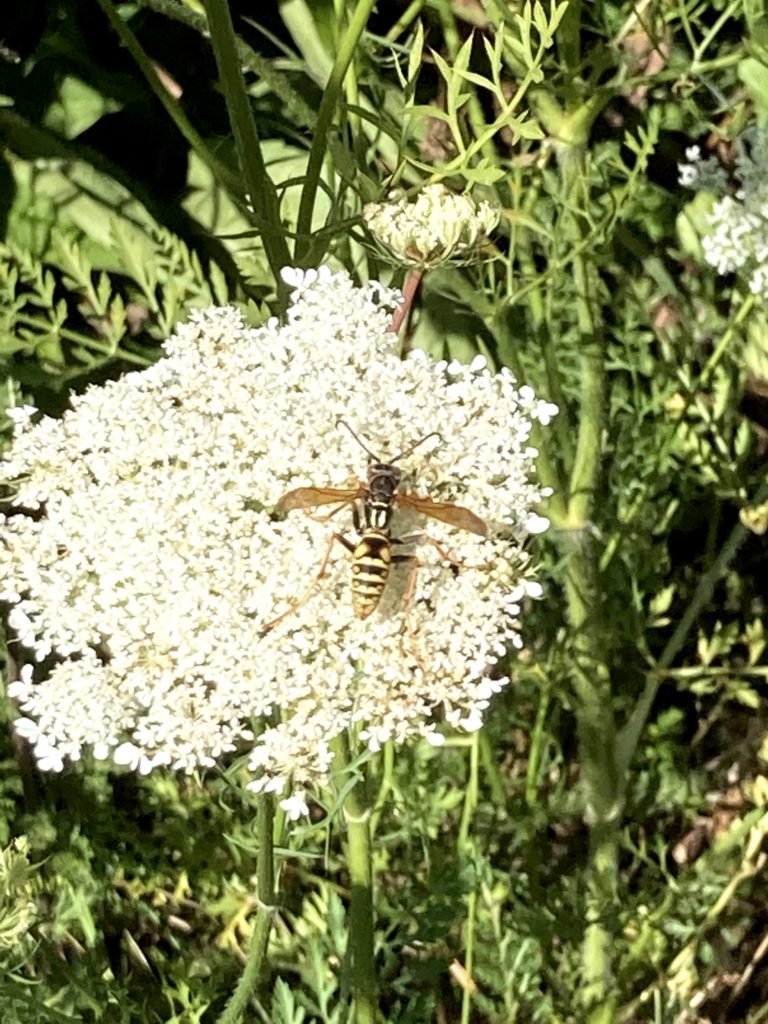
You say it’s a weed
Queen Anne’s Lace can be pretty weedy and is not native to here. Before you allow it to grow in your garden, make sure it’s not listed as invasive in your area. It’s not invasive here, so I’m allowing it to grow in my garden. It’s beautiful and useful. I think it’s also improving my retched soil (we live in a new subdivision in that was built in a spent gravel pit) by aerating the soil and adding organic matter as unharvested roots decompose.
Also of note is that there are some toxic plants in the carrot family that can be look-alikes to wild carrot. Poison Hemlock is of the largest concern. Please visit this site for excellent, thorough descriptions and pictures on identifying wild carrot and distinguishing it from its look-alikes.
And now let’s look at all of the qualities of this lacy garden goddess.
Plant Profile
| Family | Apiaceae |
| Genus | Daucus |
| Species | carota |
| Common Name | Queen Anne’s Lace |
| Habit | Herbaceous |
| Height | 1-2 ft |
| Width | 0.5-1 ft |
| Foliage Color | Green |
| Flower Color | White with purple center |
| Bloom Time | Jun-Aug |
| Pollination | Insects, self-fertile |
| Duration | Biennial |
| USDA Hardiness Zone | 4-8 |
| Reproduction | Seed |
| Native in the US | No |
| Aggressive Behavior (High, Med, Low) | Med |
| Sun Requirements | Full Sun |
| Moisture Requirement | Medium |
| Drought Tolerant | Yes |
| N Fixation | No |
| Root Structure | Tap |
| Biomass Production | No |
| Soil Penetration | Yes |
| Edible Leaf/Stalk | Yes, use small quantities like any herb |
| Edible Fruit | No |
| Edible Seed | No |
| Edible Root | Yes |
| Edible Flowers | Yes |
| Harvest Time | All year |
| Harvest notes | For the root, harvest first year like cultivated carrot |
| Storage Time | Few months in cold storage |
| Poisonous Parts | No, but has poisonous look-alikes to be aware of |
| Medicinal | Yes |
| Medicinal Uses | Wild carrot is used for urinary tract problems including kidney stones, bladder problems, water retention, and excess uric acid in the urine; and also for gout, a painful joint problem caused by too much uric acid. The seed oil is used for severe diarrhea (dysentery), indigestion, and intestinal gas. This information was found from other resources. Consult your doctor. |
| Insectary | Yes |
| Larval Host | Yes, including Swallowtail Butterfly larvae |
| Wildlife food | Yes |
| Wildlife shelter | No |
| Pest Confusion | No |
| Fragrance Pleasant to Humans | Not Fragrant |
| Deer Resistant | Yes |
| Beauty (urban, H, M, L) | High |
| Fuel | No |
| Fiber | No |
| Dye | Yes, green, brown, or cream, depending on fiber, mordant, and modifier |
| Thorns | No |
| Tolerates juglone | Yes |
| Allelopathic | No |
| Note | If you plant garden carrots and let them reseed, they will revert back to their wild ancestor, daucus carota |
What do you think about Queen Anne’s Lace? Have you always hated it? Do you grow it in your garden? What is your favorite use for wild carrot? Leave a comment below!
